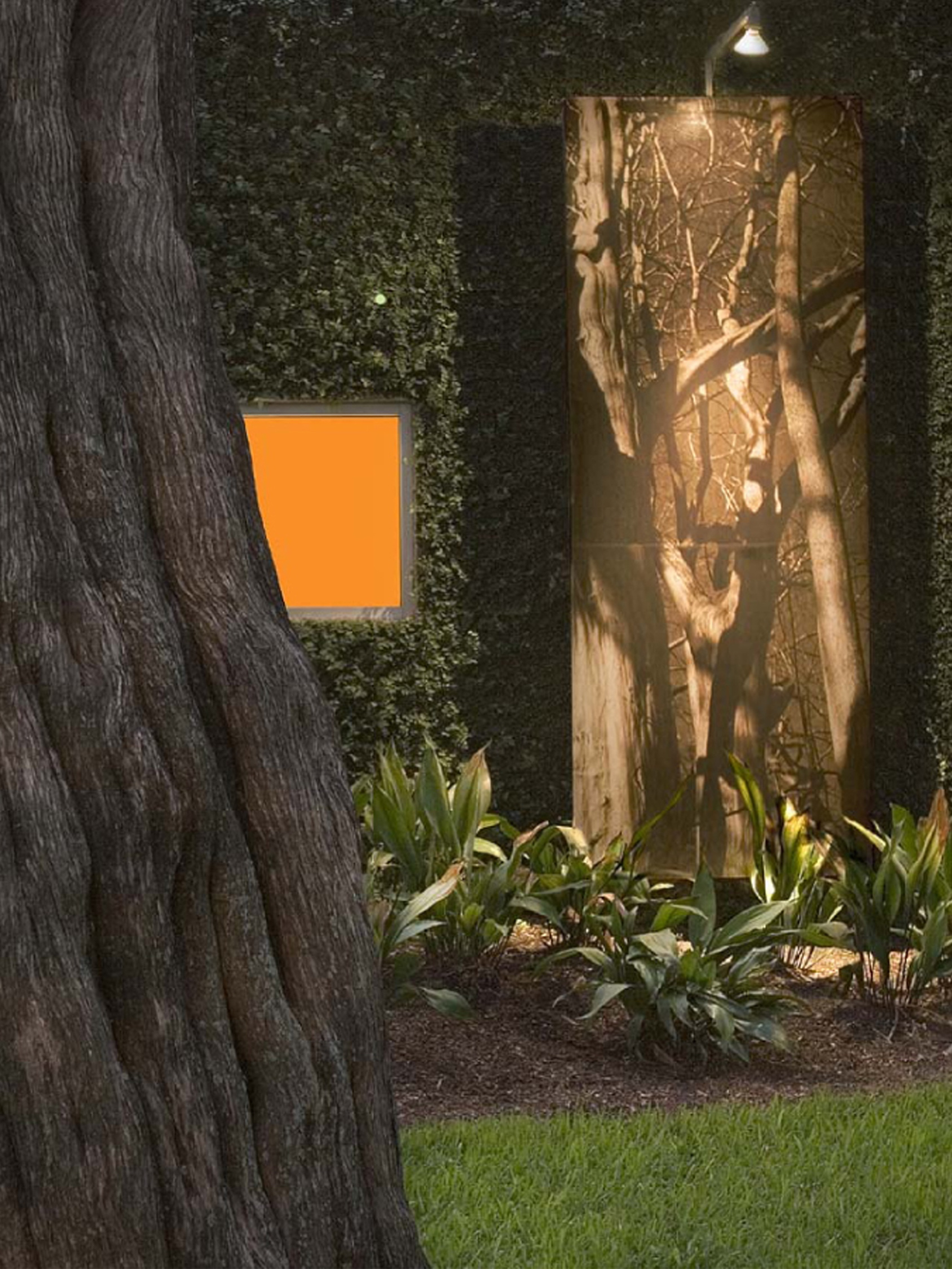
We live in a world with increasing complexity and growing uncertainty, so having to make important decisions can be immobilizing. No one has a crystal ball, and we all operate with imperfect and incomplete information. One of life’s great challenges is to take purposeful action despite our ignorance. One way to move forward is to follow the herd and copy those around us — if we fail, at least we will have company. Others imagine an ideal future and take steps in an attempt to realize that future.
Some allow themselves to be guided by their immediate desires, impulses or feelings. However, author Peter Schwartz offered an alternative approach in his 1996 book entitled Art of the Long View: Planning for the Future in an Uncertain World. He advocated for a process that involves what he calls scenario planning. The basic idea is to develop a list of scenarios or possible futures for each critical decision that needs to be made. No need to consider catastrophic futures such as an asteroid destroying the planet or some inconsequential future. The scenarios need to portray the probable futures that impact the decision.
After identifying these possible futures, do not focus on the preferred future but, rather, take actions that will yield a successful outcome regardless of which scenario ultimately plays out. In other words, cover all your bases. This book has changed the way I view the world and has impacted the way I have made countless decisions. I have employed this approach when designing architectural projects. Perhaps the most profound example is the building shown here, built in the shadow of the interstate near the Perkins Road Overpass in Baton Rouge, Louisiana.
The site was complex and had an uncertain future. When I purchased the land, which had sat for more than 30 years, backed up to the interstate and served as the neighborhood’s dumping ground, everyone thought I had gone mad. However, using Schwartz’s method I was able to make unexpected decisions that almost insured success. The structure I designed started out as a home, hosted countless art events, launched at least three businesses and made me a healthy profit after it was flipped to commercial use and sold.
This project was built for $50/square foot, won several design awards and was featured in two issues of Dwell magazine. I have personally repeated this approach several times with similar results. Over the years I have attempted to share this strategy with various clients and have been utterly shocked at how few are interested. The inertia and hubris of creating a monument to one’s preferred future or simply doing what everyone else is doing is difficult to overcome. I have lived long enough to see many of these efforts fail after refusing to act tactically when confronted with a complex and uncertain future.
